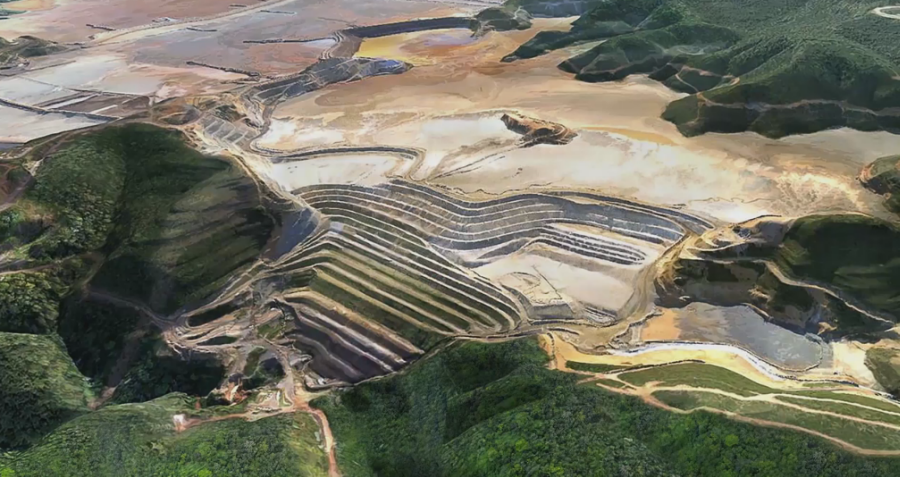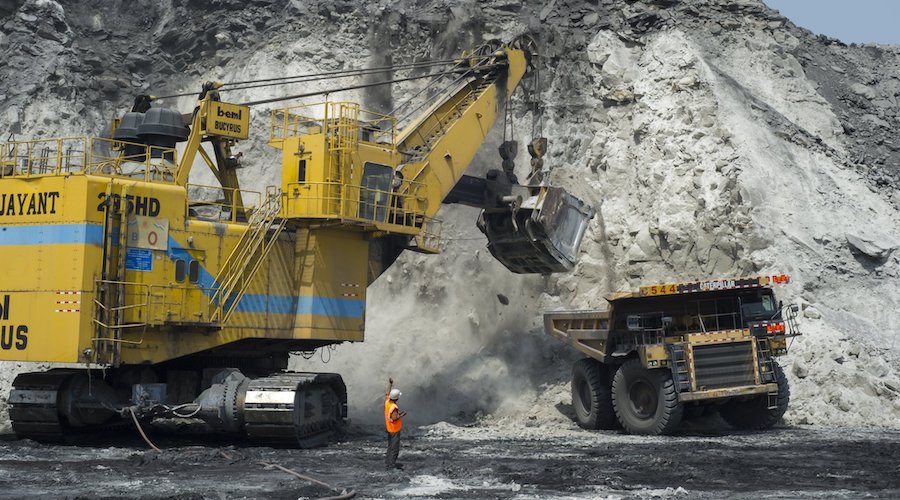Why Samarco tailings dam failed

Samarco failed after some small earthquakes caused an already stressed tailings dam to liquify, according to the Fundão Tailings Dam Review Panel that released its findings today.
The November 2015 dam failure resulted in 19 deaths. The owners of Samarco, BHP Billition and Vale, have earmarked US$1.3 billion to pay for damages.
The panel review was formed by the law firm Cleary Gottlieb Steen & Hamilton LLP, which was retained by Vale and BHP Billiton. Chair of the panel is Norbert Morgenstern, who also conducted a review into the cause of the failure of the Mount Polley tailings dam in 2014. The panel did not assign liability or fault for the Samarco failure.
The panel found that three small seismic shocks triggered the collapse, but the dam’s failure was “already well advanced” caused by a string of design and maintenance failures.
The tailings dam became stressed through a series of “construction defects” stretching back to 2009 that “introduced the potential for sand liquefaction.”
“The first incident occurred in 2009 shortly after the Starter Dam was completed,” writes the panel in its report.
The starter dam was eventually subsumed by the larger dam as more capacity was added.
“Due to construction defects in the base drain, the dam was so badly damaged that the original concept could no longer be implemented. Instead, a revised design substituted a new drainage blanket at a higher elevation.
“Together with the revised design there was a fundamental change in the design concept whereby more widespread saturation was allowed and accepted. This increase in the extent of saturation introduced the potential for sand liquefaction.”
The report finds later mishaps: deposition of slimes in areas that were not not intended and structural problems with the concrete conduit that caused the dam to be raised over the slimes.
By 2015 parts of the dam were already in a precarious state and eventual failure was already “well advanced”. Three small seismic shocks caused the dam to fail:
Computer modeling showed that the earthquake forces produced an additional increment of horizontal movement in the slimes that correspondingly affected the overlying sands. Although the movements are quite small and the associated uncertainties large, this additional movement is likely to have accelerated the failure process that was already well advanced.
Hence the failure of the Fundão tailings dam by liquefaction flowsliding was the consequence of a chain of events and conditions. A change in design brought about an increase in saturation which introduced the potential for liquefaction. As a result of various developments, soft slimes encroached into unintended areas on the left abutment of the dam and the embankment alignment was set back from its originally-planned location. As a result of this setback, slimes existed beneath the embankment and were subjected to the loading its raising imposed. This initiated a mechanism of extrusion of the slimes and pulling apart of the sands as the embankment height increased. With only a small additional increment of loading produced by the earthquakes, the triggering of liquefaction was accelerated and the flowslide initiated.
There is an excellent step-by-step video showing the series of mishaps leading to the failure.
The panel chairman sums up the findings of the panel in the video below.
More News
Gold price surge boosts Swiss National Bank’s profit
January 09, 2026 | 07:32 am
IPO of India’s top coking coal miner oversubscribed on first day
January 09, 2026 | 07:24 am
{{ commodity.name }}
{{ post.title }}
{{ post.date }}







2 Comments
Sam Bowles
who did the design and implemention? Was this done on a cheapest possible method and materials? was this a hurry up we’ve got to finish it now?
Sam Bowles
that sure is a whimsical tie for such a serious subject